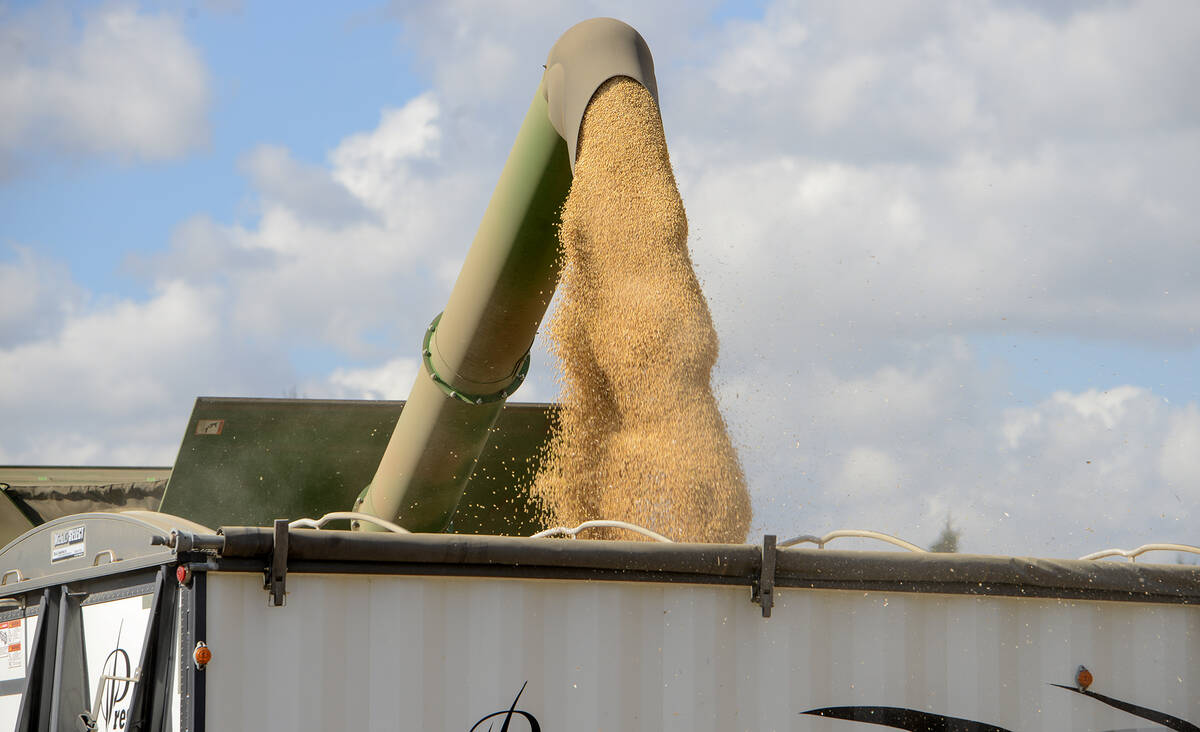Much of the attention in North American grain and oilseed markets has shifted to production prospects in South America, as wheat fields develop in Argentina and farmers in Brazil work on seeding their next soybean and corn crops.
Weather there will be a major factor on traders’ radar over the next few months, but larger financial and geopolitical issues will also be followed closely.
Interest rates
Read Also

Grain markets hungry for U.S. data
The U.S. government shutdown meant that futures markets were left without robust grain supply information
The U.S. Federal Reserve left its key overnight rate unchanged at 5.25 to 5.5 per cent in its Nov. 1 policy meeting, and its accompanying statements imply that it will likely hold steady again in December. However, many analysts still think the Fed will raise rates again in 2024 to bring inflation back where they want it.
While the U.S. lending rate remains at its highest level in 22 years and may get higher still, recent Canadian data suggests the Bank of Canada could keep to the sidelines in 2024 and could even cut rates, according to analysts.
The BoC has held its key overnight rate at five per cent during its past two policy meetings, and the latest gross domestic product data suggests the country could be nearing a recession.
Currency
If the U.S. keeps raising rates and Canada holds steady, the widening rate spread would benefit the U.S. dollar at the expense of the loonie. While a weaker Canadian currency is typically supportive for domestic grain prices, the broader global implications of a strong U.S. dollar could have the opposite effect on North American markets in general.
The Canadian dollar hit its weakest level of the past calendar year, relative to its U.S. counterpart, on Nov. 1 before bouncing off that low in the immediate aftermath of the Fed interest rate announcement.
The geopolitical risks brought on by the conflict between Israel and Hamas have created ‘risk-off’ sentiment in many global markets, which could weigh further on Canadian currency even if crude oil rises.
Crude oil
Oil prices have seen wide swings during the four weeks of the conflict in Gaza, with West Texas Intermediate holding between US$80-$90 per barrel. An escalation of the fighting beyond the small Palestinian enclave could have a serious impact on world energy markets, especially if attacks increase along Israel’s border with Lebanon.
Supplies are also set to tighten even without the conflict, but data out of China pointing to a slowdown in the country’s manufacturing sector could be a sign of declining demand.
















